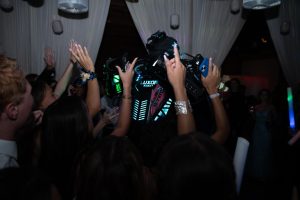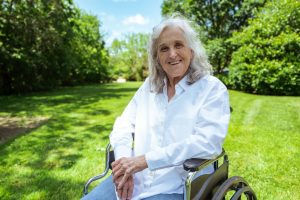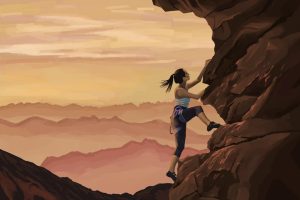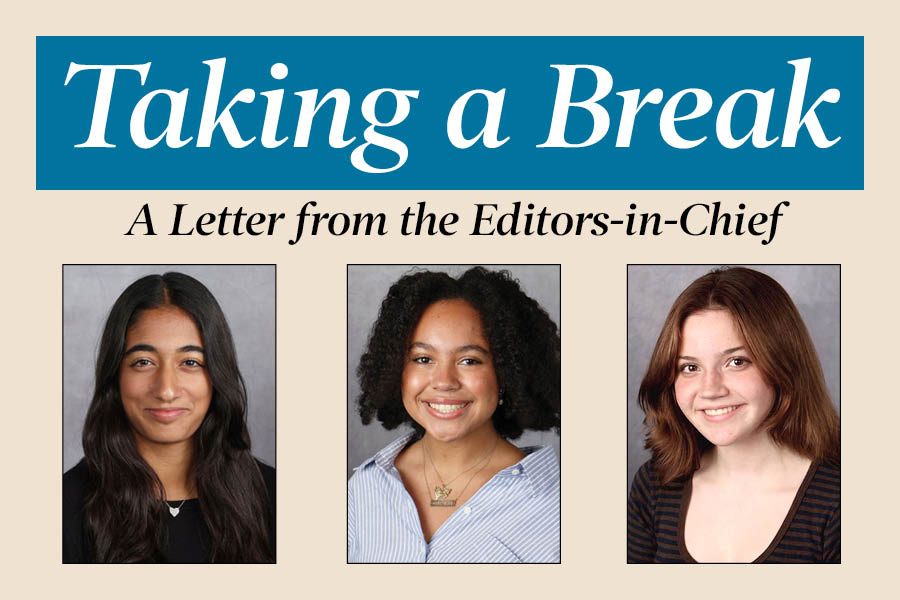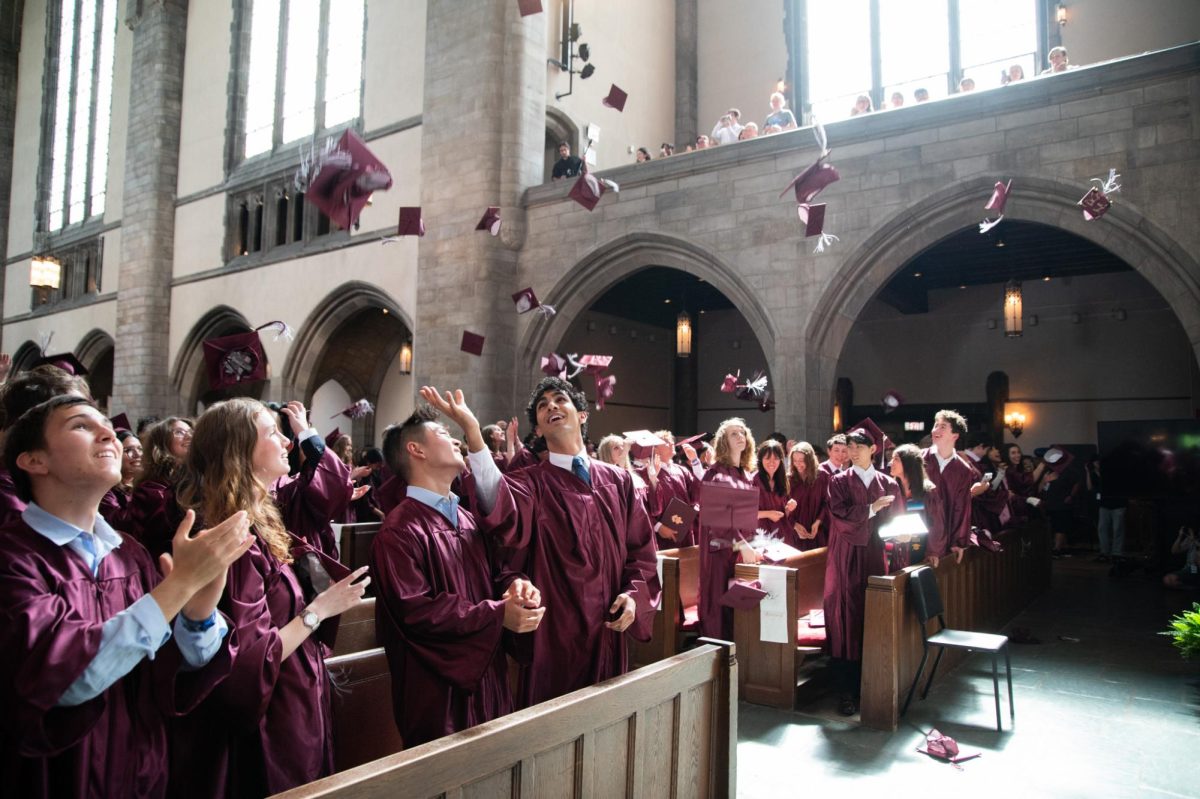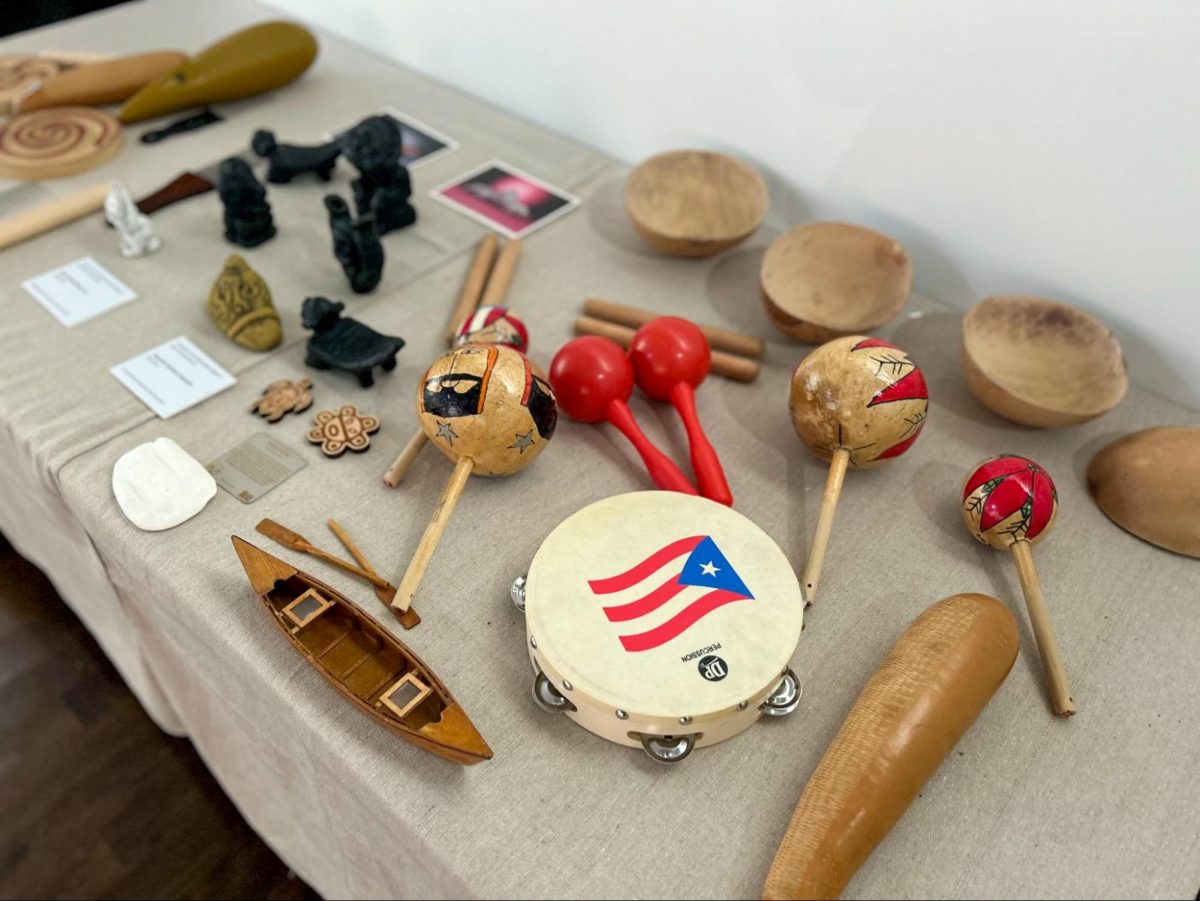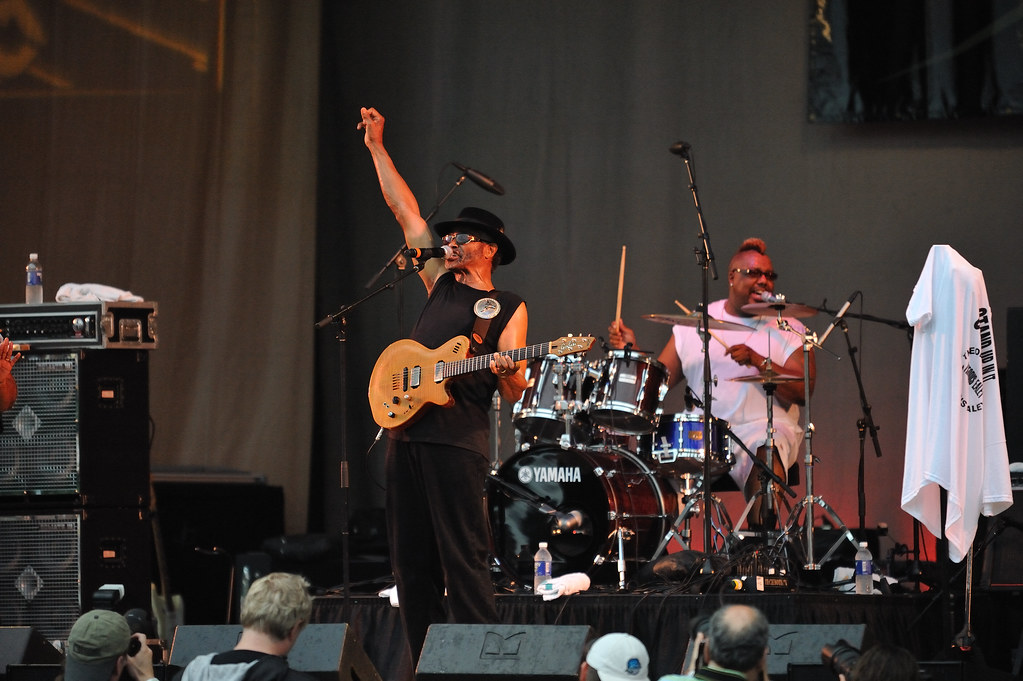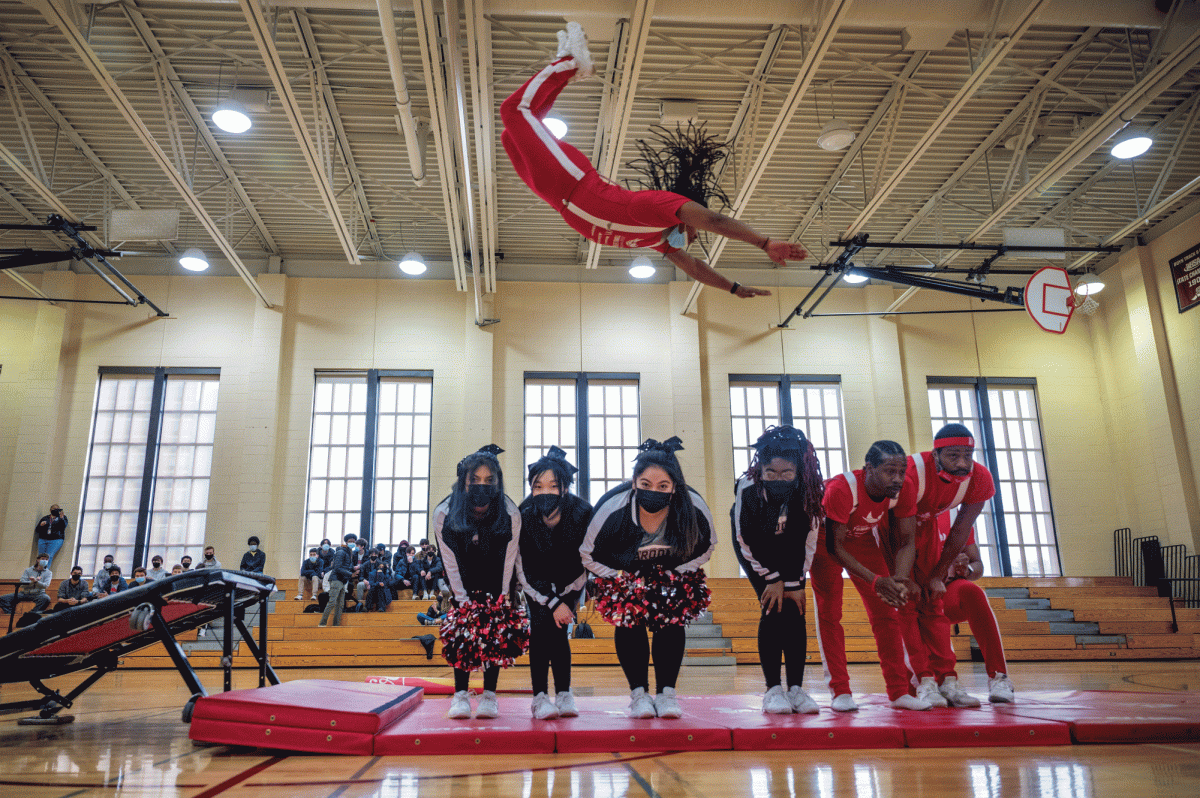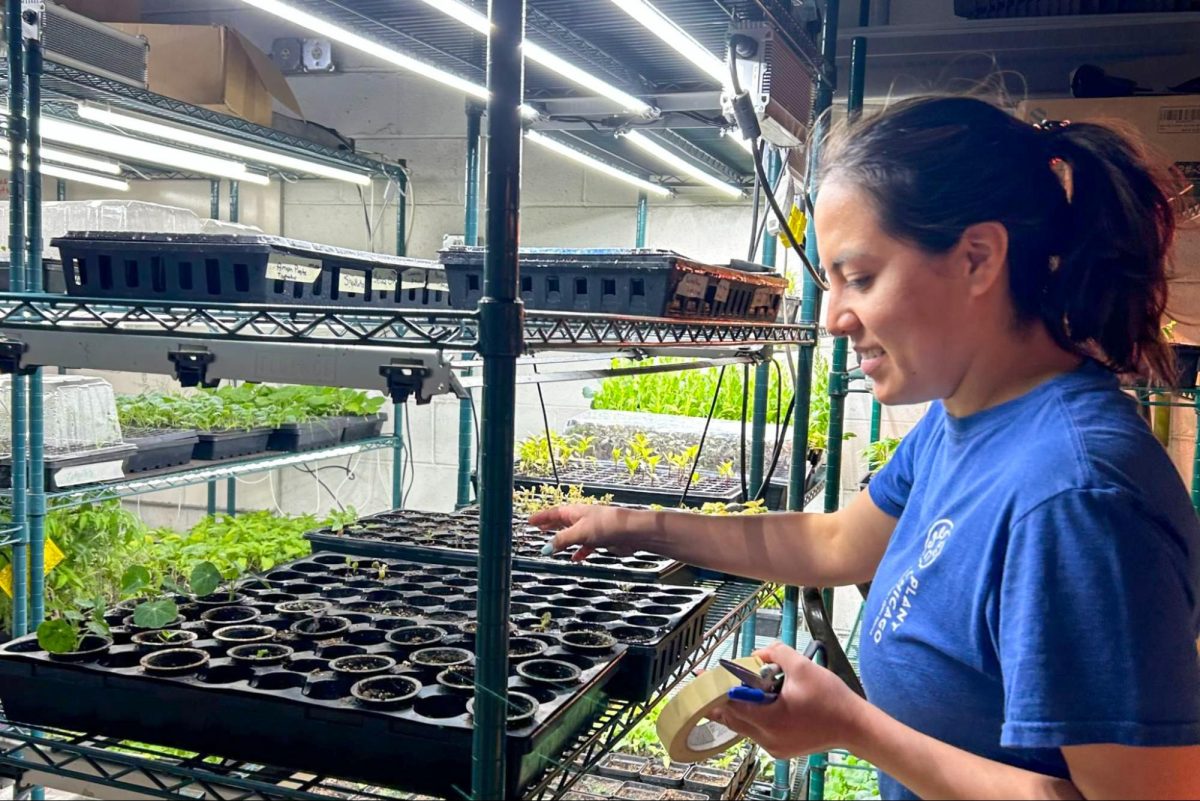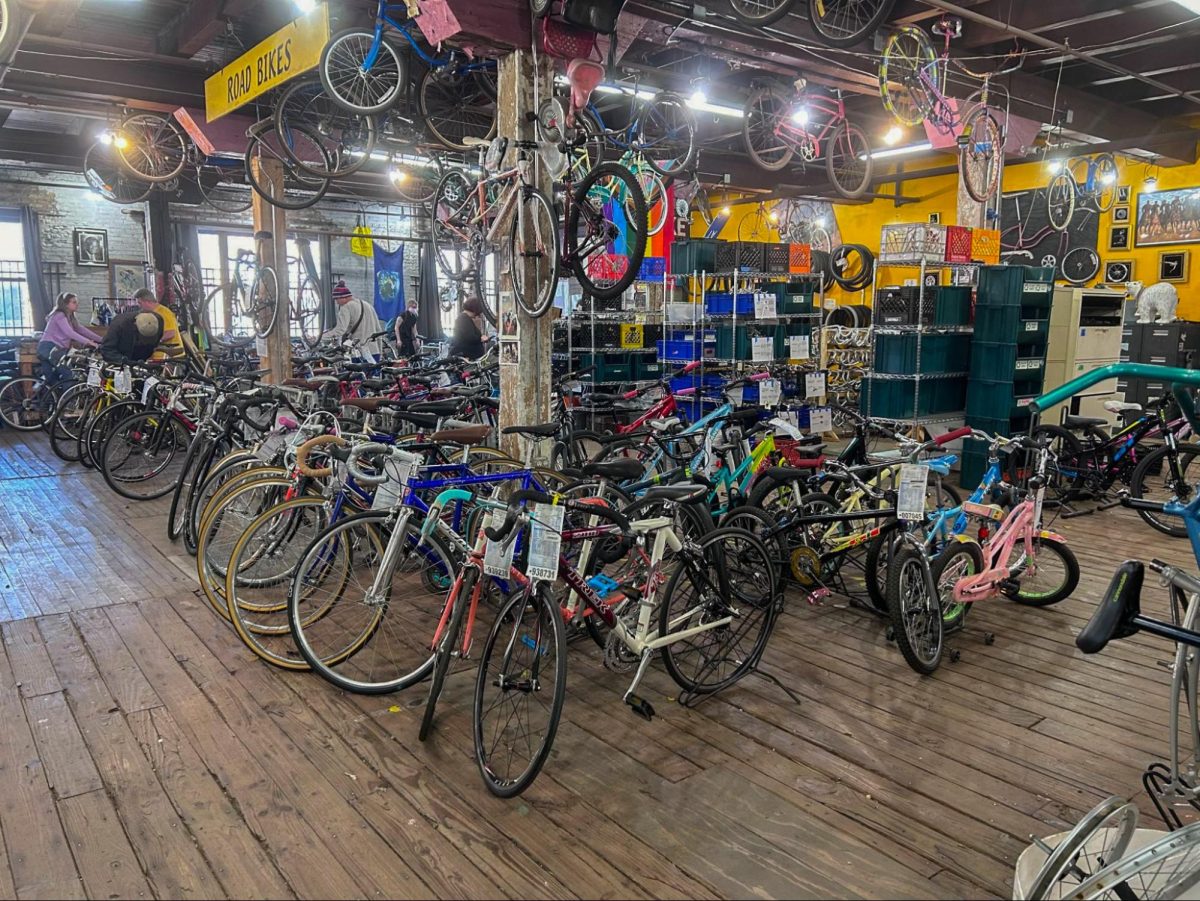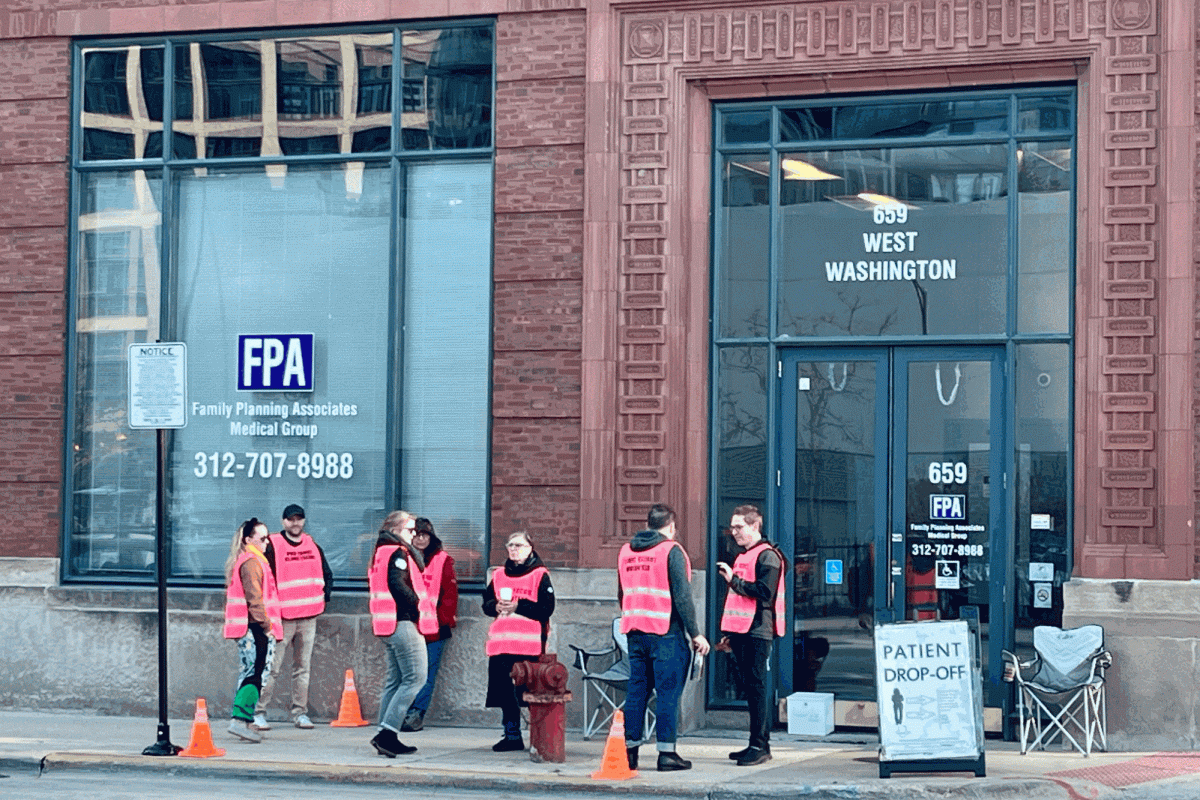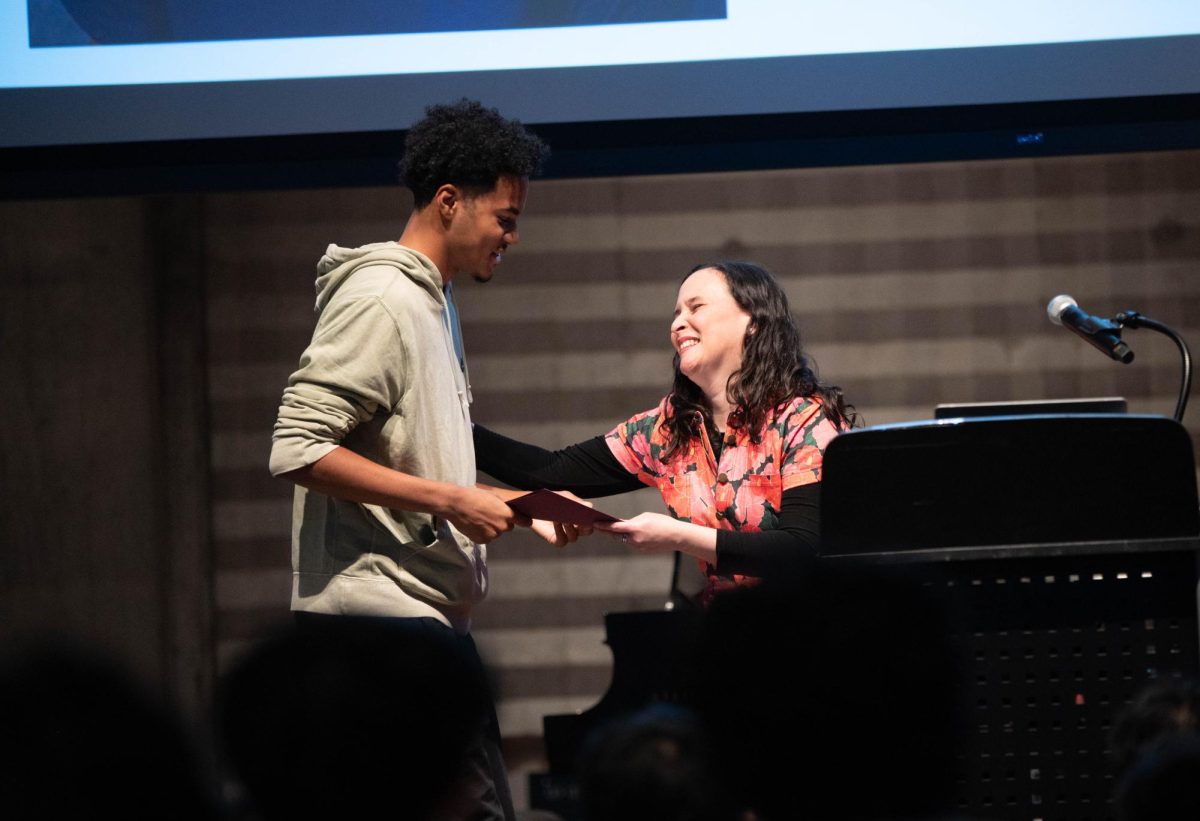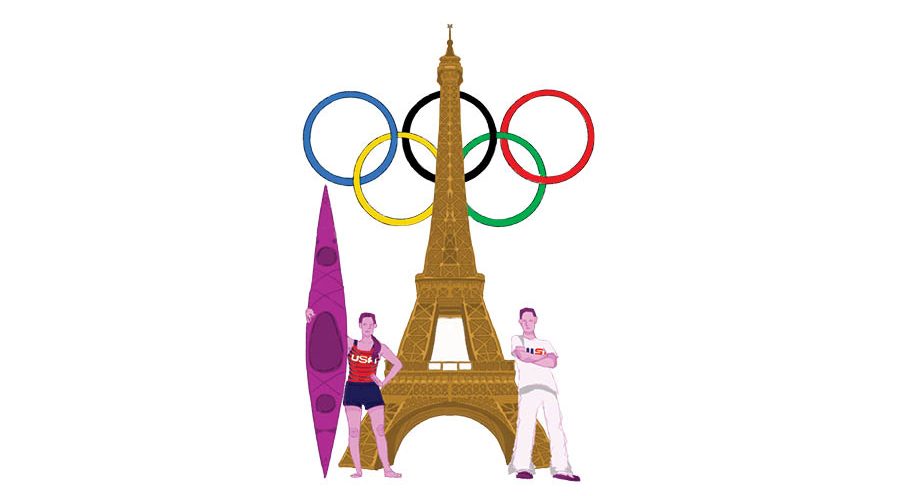The maze of infographics fill the brightly lit room in Humboldt Parks’ National Museum of Puerto Rican Art and Culture. To one side stands a hut with a hammock in the back; the hut is a traditional bohío. To the other side, a wall of artifacts depicting various gods, called cemís, glitter on pristine white shelves. A video plays in the background, and the sounds of footsteps and quiet conversation fill the room. People stand, looking closely at the facts written in the museum’s Taíno Vive exhibit.
Taíno Vive provides insight into the erasure of the Taíno people, an indigenous people from the Caribbean, not officially recognized by any government. The exhibit on display through June 16 unearths new facts about Taíno history, which has been overlooked.
The Taíno are an indigenous people group who have historically inhabited much of the Caribbean and parts of South America. They were the people who encountered Christopher Columbus during his original voyage to the New World. The Taíno were led by Spanish colonizers to “near extinction” in 1550 according to Encyclopedia Britannica.
Ignaik Cruz Perez has been the lead docent and manager of membership services at the National Museum of Puerto Rican Arts and Culture in Humboldt Park for around two years. He feels the exhibit shed light on indigenous culture.
“There’s a lot of things that we see now that we kind of don’t think about as Indigenous practices,” Mr. Cruz Perez said.
He also said that he as a Puerto Rican was educated by the exhibit.
“That is one of the first times, me myself from the island, have seen actual Taíno artifacts,” Mr. Cruz Perez said, speaking about the artifacts present in the museum.
The exhibit will include the performance of a traditional dance by the Concillo Taíno Guatu-Ma-cu A Borikén. This dance, the Taíno Areyto, is scheduled to be performed on May 31 and June 1.
Mr. Cruz Perez thinks the exhibit helps build an important sense of community. The exhibit itself is a collaboration between the Smithsonian Institution Traveling Exhibition Service, the National Museum of the American Indian, the National Museum of the American Latino and the Field Museum of Chicago. The exhibit is next set to be shown in Florida, and will be shown by various museums across the country until 2026.
The Taíno as a people were very much about collaboration, he said, comparing this to cooking for his neighbors when he was younger.
The exhibit has helped combat and inform about Taíno erasure.
“There’s a lot of different groups trying to regain that sense, right, that culture, that society,” Mr. Cruz Perez said. “And that has been lost, due to what is called paper erasure, so, the erasure of Taínos through statistics.”
Recent developments in Taíno history and studies were also included in ¡Taíno Vive!
The book “A Contested Caribbean Indigeneity,” which sheds light on Taíno activism throughout history, connected with the exhibit, Mr. Cruz Perez said.
The brick and stone museum stands out among the trees and highways of Humboldt Park. Three chairs, each painted to resemble different flags, adorn the small parking lot beside the arched entrance. Inside, down a hallway, there’s an elevator, waiting to take visitors upstairs, where years after years of untold history.




